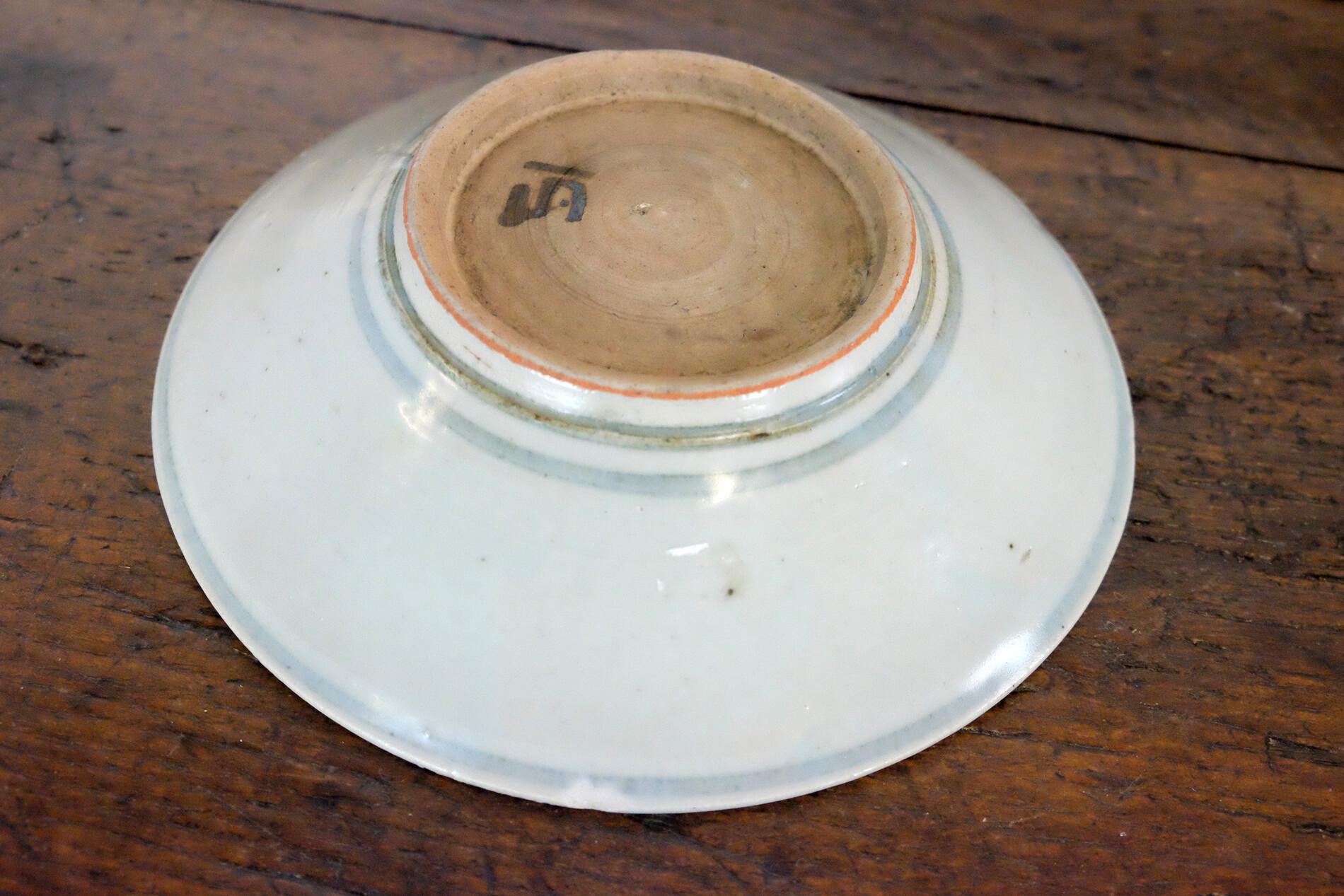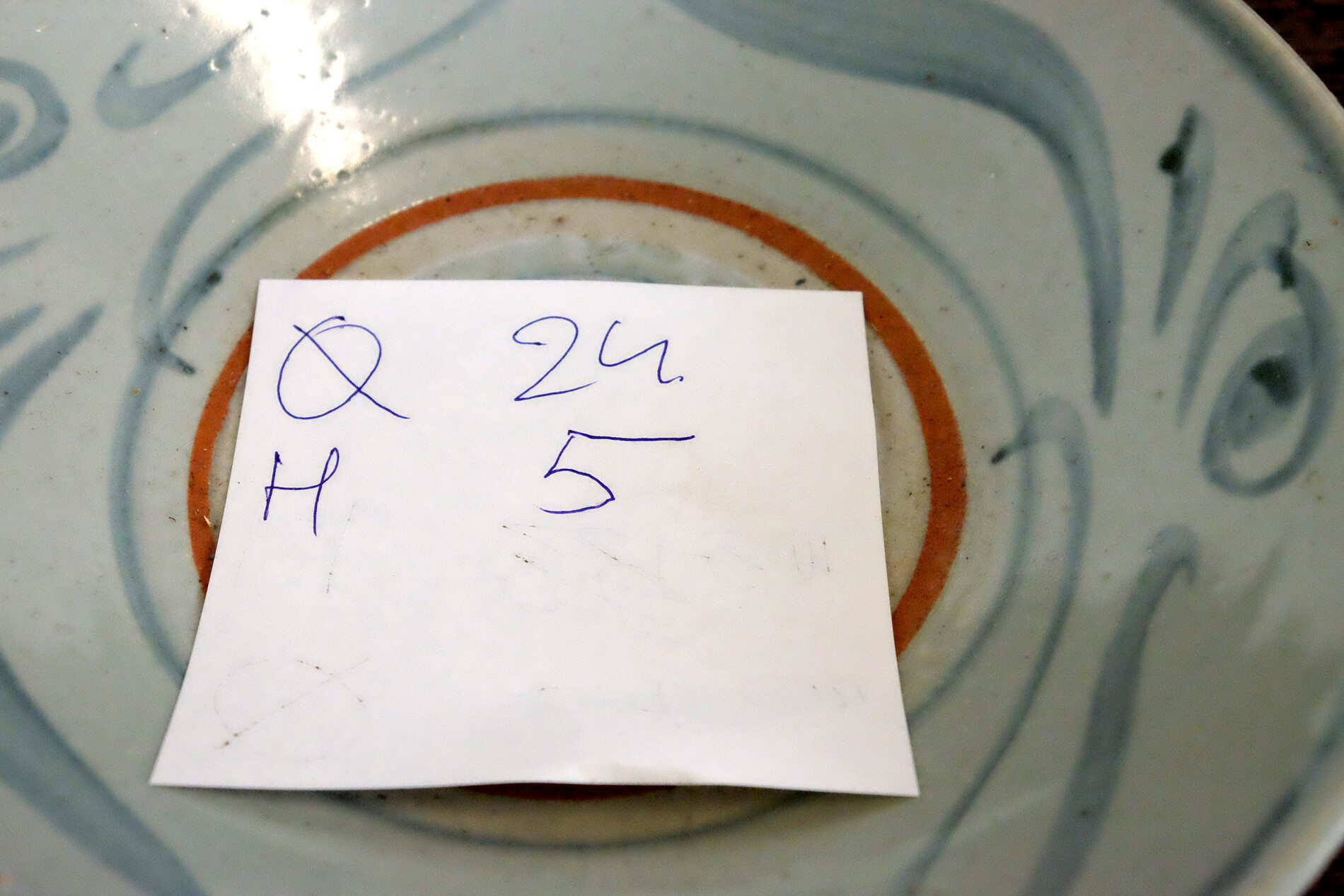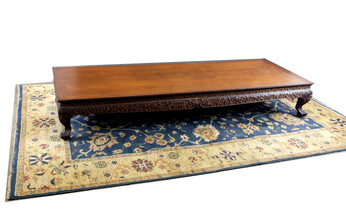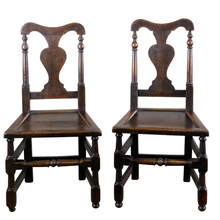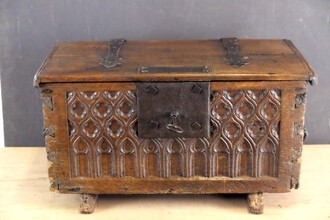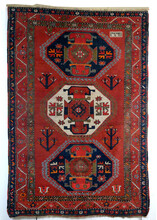This beautiful hand-knotted Ziegler rug of Afghan origin is a paragon of craftsmanship and elegance.
With its generous dimensions of 363 x 250 cm, this rug offers an impressive focal point for any interior, from classic to modern.
The rug is crafted from high-quality Afghan wool, known for its natural sheen, softness, and durability.
The rich, deep red center is adorned with a refined floral and vine motif, bordered by a wide cream border with harmonious floral decorations.
The colors are traditionally obtained with natural dyes, resulting in warm, vibrant hues that only enhance with age.
Condition of the rug:
The rug is in excellent condition – clean, free of stains, with perfectly intact borders and headboards. The knots are firm, and the surface is thick and full, indicating a high knot density and longevity.
A Brief History of Ziegler Rugs
Ziegler rugs have their origins in the 19th century, when the Swiss company Ziegler & Co. Ziegler established itself in Arak, Iran. The goal was to produce hand-knotted carpets specifically for the Western market.
The patterns were refined, the colors softened, and the designs adapted to the tastes of European and American interiors.
The name Ziegler became iconic for high-end carpets.








